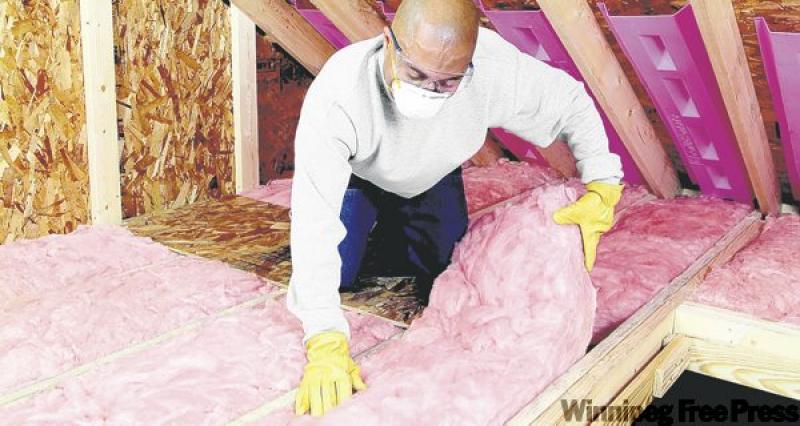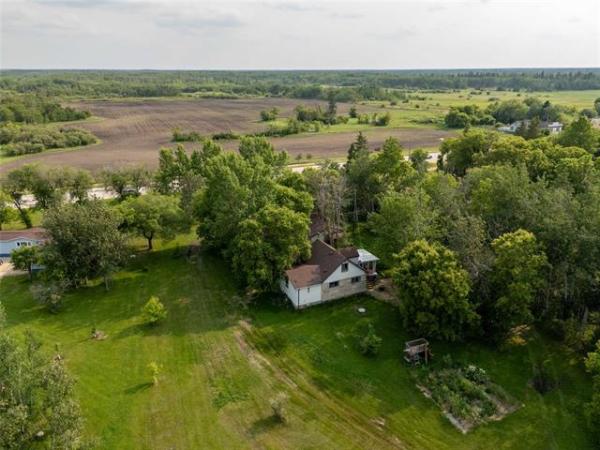Faced with an unexpected surplus in your home improvement fund, you can go one of two ways: the practical one, which involves insulating your home (both the basement and attic), with money left over for future projects.
Or, you can blow the whole wad on new kitchen cupboards and counter tops.
Heavily conflicted, you debate which avenue to take. According to Owens-Corning's energy expert David Flood, the choice is an obvious one.
"If you haven't properly insulated your basement or attic, you're costing yourself money," he says. "So if you haven't addressed those areas, I'd advise you to do it immediately. You can always replace those cabinets and counter tops at a later date -- with all the extra money you've saved by reducing your energy bill."
Flood says retrofitting from the ground up not only makes sense dollar-wise, but is not a difficult, or labour-intensive task.
"Really, insulating your home is the easiest do-it-yourself project you can find. For example, you should be able to do a 1,000-square-foot attic in a maximum of two hours or so using four-foot bat (insulation) sections," he explains. "Increasing your attic's insulation is a no-brainer."
Why is that the case?
"Let's put it this way," he says. "If you decide to go from an R-30 value to R-50, it will only take 20 bags or so to get there. At a price of about $30 per bag, it will only cost you $600. Then, you can apply for a rebate that will take the cost down to virtually nothing. So what's the holdup?"
There shouldn't be any holdup, considering fortifying your home's insulation is a gift that will keep on giving, no matter what the season. In winter, a properly-insulated home will keep the heat in; in summer, it will keep the heat out.
The result? A home improvement fund that will just keep on growing.
"No question, the real bonus of insulating your home is that you win in three ways: a reduced energy bill, increased comfort and a reduced carbon footprint," Flood says, adding that the attic is the No. 1 energy loss culprit, losing as much as 30 per cent of a home's energy output; basements aren't far behind at a potential 25 per cent loss. "Just think, taking the time to insulate your basement can turn it from a huge block of concrete that sucks energy out of the house to a warm, habitable living space."
He's quick to add there are several other things you can do to make your home more energy efficient.
"I would also advise you to get your home tested for energy efficiency. It only takes two hours or so, and once it's complete, your adviser will give you a list of projects to undertake. And you don't have to do them all at once -- you can make a list and do the best options relative to the time and effort you have to put out. Do them over time, and you can realize even more energy savings."
As tough as it might be to bite to do less-glamourous home renovations aimed at increasing your abode's energy efficiency, Flood says it's worth the sacrifice.
"The bottom line is that if your home is thermally efficient, you'll be able to save enough money to buy the nice, pretty things you want to spruce up you're home's interior," he says. "When it comes to making your home more thermally efficient, a little short-term pain will pave the way for a lot of long-term gain."
It can also pay to make the effort to create a more energy efficient home. For information on the federal government's ecoEnergy Home Retrofit program (where you can get rebates up to $5,000) call 1-800-622-6232 or see their website at www.oee.nrcan.gc.ca/residential/personal/home-improvement.cfm?attr=0. Manitoba Hydro also offers rebates through its PowerSmart home insulation program. Call 1-888-624-9376 or see their website at www.hydro.mb.ca for more details.




